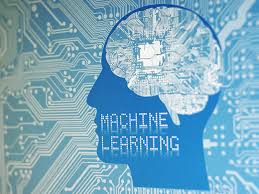How Does Machine Learning Work?
Machine Learning is, undoubtedly, one of the most exciting subsets of Artificial Intelligence. It completes the task of learning from data with specific inputs to the machine. It’s important to understand what makes Machine Learning work and, thus, how it can be used in the future.
The Machine Learning process starts with inputting training data into the selected algorithm. Training data being known or unknown data to develop the final Machine Learning algorithm. The type of training data input does impact the algorithm, and that concept will be covered further momentarily.
To test whether this algorithm works correctly, new input data is fed into the Machine Learning algorithm. The prediction and results are then checked.
If the prediction is not as expected, the algorithm is re-trained multiple numbers of times until the desired output is found. This enables the Machine Learning algorithm to continually learn on its own and produce the most optimal answer that will gradually increase in accuracy over time.
The next section of the ‘What is Machine Learning’ article discusses the types of Machine Learning.
Types of Machine Learning
Machine Learning is complex in itself, which is why it has been divided into two main areas, supervised learning and unsupervised learning. Each one has a specific purpose and action within Machine Learning, yielding particular results, and utilizing various forms of data. Approximately 70 percent of Machine Learning is supervised learning, while unsupervised learning ranges from 10 – 20 percent. Another method that is used less often is reinforcement learning.

